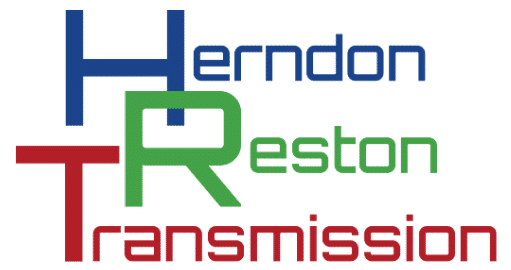DIAGNOSTIC
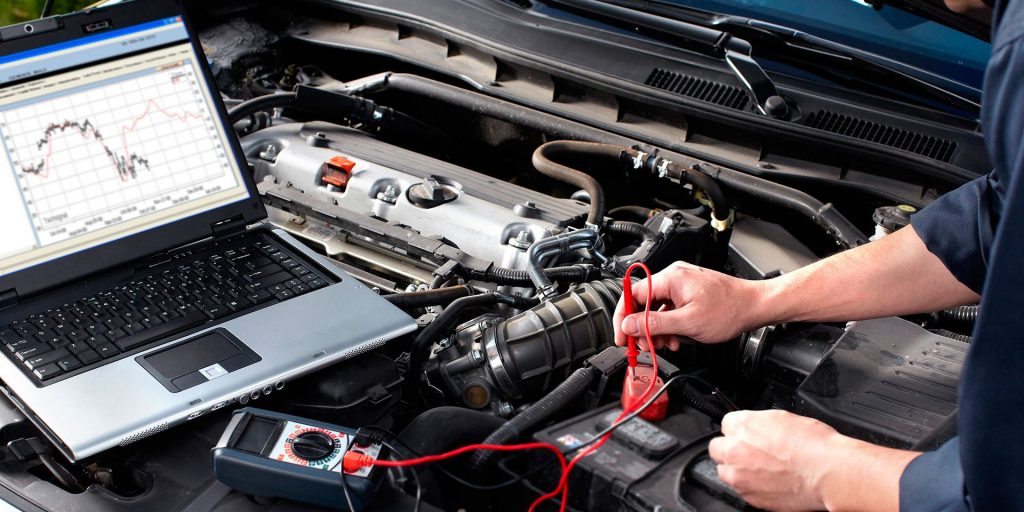
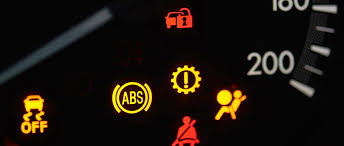
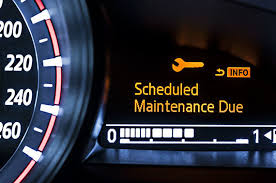
THIS PAGE IS UNDER CONSTRUCTION
Computer diagnostics and Check engine / warning lights,
All those lights, symbols and warnings you see flash across your instrument panel mean something is wrong. Your vehicle is talking to you, Your vehicles computer system is telling you that something needs attention! Ignoring these warning signs wont make them go away.
Check Engine Light computer scan.
Transmission and Engine performance diagnostics,
When you bring your vehicle in for service one of first things we will ask is, Have there been any check engine or other lights coming on? After listening to your service concerns we will perform a quick visual inspection that will usually include a computer code check and under hood inspection. After the visual inspection we will attempt to duplicate your concerns. Please be prepared to answer as many questions about your symptoms or requested service as possible. The more information we have the faster we can diagnose and repair your vehicle. After these first initial checks, we can then decide on the next course of action. We may need to further scan your vehicles’ on-board computer for codes and data, Inspect or listen to suspected components with a stethoscope, perform electrical or hydraulic pressure tests.
Once we are able to perform a diagnostic you will be given an estimate for the repairs. We do not charge for initial road test and consultation, we do not charge for computer code checking for most late model vehicles. Most of your vehicles problems can be diagnosed right away but some problems may take longer and require more effort. We utilize the most complete and comprehensive digital library of repair manuals available, (Mitchell on demand) The latest generation of computer scanners, technical hot lines for hard to diagnose problems and an experienced staff that knows how to use its resources.
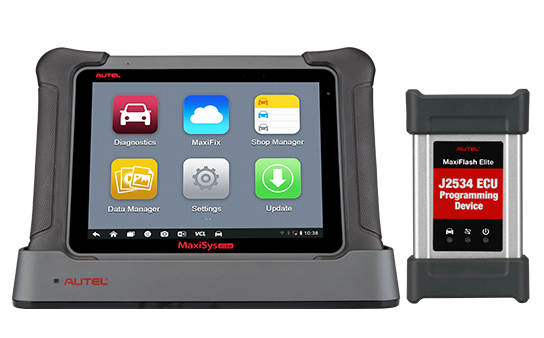
Standard Transmissions and ClutchesAfter verifying customer concerns Standard Transmissions and clutch diagnostics include any or all of the following; checking for noise, for proper operation, gear clash, stiff shifting, clutch pedal height and feel, slippage, fluid levels-condition, and visual inspectionDifferential DiagnosticsAfter verifying customer concerns differential diagnostics include any or all of the following; checking for noise, for proper operation, fluid level and condition, and visual inspectionDifferential,A device that splits the engine torque Two ways, allowing each output to spin at a different speed. The differential is found on all modern cars and trucks. And also in many all-wheel-drive (full-time four-wheel-drive) vehicles. These all-wheel-drive vehicles need a differential between each set of drive wheels, and they need one between the front and the back wheels as well, because the front wheels travel a different distance through a turn than the rear wheels. Part-time four-wheel-drive systems don’t have a differential between the front and rear wheels; instead, they are locked together so that the front and rear wheels have to turn at the same average speed. This is why these vehicles are hard to turn on concrete when the four-wheel-drive system is engaged.Transfer Case diagnosticsAfter verifying customer concerns transfer case diagnostics may include any or all of the following; checking for computer codes and correct data, listening for noise, testing for proper operation, checking for correct tire size and inflation, fluid level and condition, and visual inspectionTransfer Case,A device that splits the power between the front and rear axles on a four-wheel-drive (4WD) vehicle. 4WD systems locks the front-axle driveshaft to the rear-axle driveshaft, so the wheels are forced to spin at the same speed. This requires that the tires slip when the car goes around a turn. 4WD systems like this should only be used in low -traction situations in which it is relatively easy for the tires to slip and should not be used On dry asphalt where it is not easy for the tires to slip.The transfer case in an all-wheel-drive (AWD) system contains a device that allows for a slight amount of slip between the front and rear wheels. This could be a viscous coupling, center differential or other type of gearset. These devices allow an AWD system to function properly on any surface.
